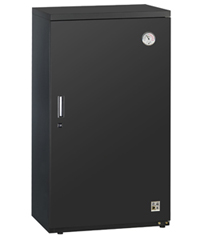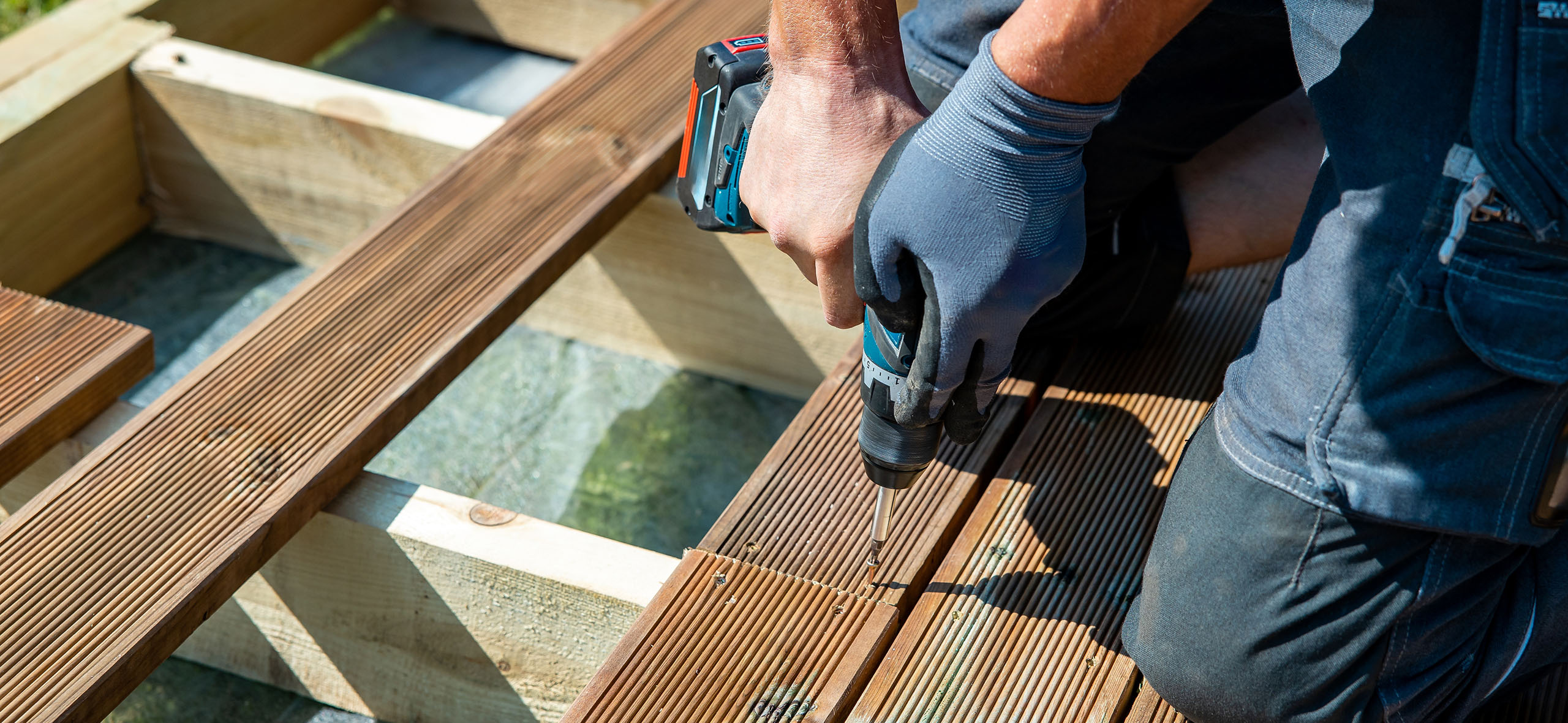If you’ve ever opened your camera bag and found your lens fogged up, you know how frustrating it can be. Fog not only ruins your shot but can also harm your gear. Moisture causes mould, rust, and damage to lenses and electronics.
A simple and effective solution is to use a camera dry box. It helps control humidity and keeps your equipment in top shape. Whether you’re a casual hobbyist or a keen photographer, dry storage can make a big difference.
A dry box storage system offers a clean, moisture-free space to keep your camera, lenses, and accessories safe. It’s easy to use and fits neatly into any setup. In this blog, we’ll explore why fog happens and how the right storage keeps your gear dry, clean, and always ready to use.
What Causes Fog on Camera Lenses?
Fog appears when warm air meets a cold lens. This happens often when you move your camera between rooms, go outside, or store it in a damp place. The result? Water droplets form on the glass.
Over time, this moisture can lead to mould. It can also cause rust or damage to the lens coating and internal parts. That’s why dry storage matters.
What Is a Camera Dry Box?
A camera dry box is a sealed box that keeps your gear safe from moisture and dust. It keeps the air inside the box at the right humidity level. This protects your gear from fogging and long-term damage.
You can find different types. Some use moisture-absorbing packs. Others use built-in systems that manage the humidity level for you. Both work well when used correctly.
Why Dry Box Storage Helps
Keeps Moisture Out
The main job of a dry box is to keep moisture out. This helps stop fog from forming on your lens or camera body.
Prevents Mould
Moisture and darkness create the perfect place for mould to grow. A dry box cuts this risk. It keeps your equipment safe and dry.
Protects Electronic Parts
Camera circuits can fail when exposed to too much moisture. A dry box protects the parts inside your gear.
Saves You Money
Moisture damage is costly. Repairs and replacements are not cheap. Dry storage helps avoid these costs.
How Humidity Affects Your Gear
Too much humidity can damage your camera and accessories. Here’s what might happen:
- Mould grows inside your lenses
- Metal parts rust
- Rubber grips crack or become sticky
- Sensors or screens get damaged
Humidity is a silent problem. You may not notice it straight away. But over time, it causes real harm.
Using dry box storage keeps the humidity level safe for your gear. It also stops damage before it starts.
Humidity Control Through Dry Box Storage
Inside a dry box, you can control how much moisture stays in the air. This is called humidity control through dry storage. The goal is to keep relative humidity between 40% and 50%.
This range is perfect for camera gear. It’s dry enough to stop mould but not too dry that it affects rubber or plastic parts.
Some dry boxes have a built-in dial or display. Others come with a small gauge. Either way, you can check the level and make changes if needed.
What to Store in a Camera Dry Box
It’s not just your camera that needs protection. Many other items benefit from dry box storage. Here’s what you can keep inside:
- Lenses
- Memory cards
- Batteries (in separate holders)
- External flashes
- Lens filters
- Film rolls
- Drones
- Action cameras
- Adapters and cables
Everything fits better when stored neatly. Don’t overload the box. Leave space for airflow.
Manual vs Electronic Dry Boxes
You can choose from two main types of dry boxes.
Manual Dry Boxes
These use moisture-absorbing packs. You need to check and replace them now and then. They’re simple and great for beginners or small collections.
Electronic Dry Boxes
These plug into the wall and control humidity on their own. Many show the humidity level on a screen. They suit larger setups and need less effort from you.
Both options offer good humidity control through box storage.
How to Use a Camera Dry Box
Place Gear Inside Clean and Dry
Always wipe down your gear before placing it in the box. This stops outside moisture from getting trapped.
Keep It Organised
Use shelves or soft pouches to avoid scratches and knocks. Keep batteries separate from metal parts.
Check Humidity Levels
Most dry boxes come with a small gauge. Use it to track the humidity level inside the box. Adjust or change the packs if they get too high or too low.
Keep the Lid Closed
Only open the box when needed. This keeps the inside stable and clean.
Common Mistakes to Avoid
Using any storage box – Not every box keeps out moisture. A dry box is designed to seal and control humidity.
Storing wet gear – This adds moisture to the inside. Always dry your camera and lenses before storing them.
Ignoring the humidity gauge – If the level goes too high, mould can grow. Keep an eye on it.
Do You Really Need a Camera Dry Box?
Yes. Here’s why:
- You want to protect your gear
- You live in a humid area
- You move between hot and cold places
- You want your gear to last longer
- You care about clear, clean lenses
Even if you’re a beginner, storing your camera the right way helps avoid damage. A camera dry box keeps your gear in better shape.
Final Thoughts
A fogged lens means more than just a blurry view—it shows your gear faces danger. Moisture sneaks in, grows mould, and ruins your camera over time. That’s why a camera dry box makes a smart choice. It guards your gear with clean, dry, and steady dry box storage that controls moisture.
Your camera stays sharp, fresh, and ready every day. With humidity control through dry box storage, you block fog and make your camera and lenses last longer. If you snap photos often or pack your kit away between trips, a dry box gives you calm and care. It’s an easy way to shield your camera and keep each shot bold, bright, and clear.
FAQ
1. What is a camera dry box used for?
A box holds your camera and gear in a clean and dry space. It stops lens fog, mould, and wet damage. The box guards your camera, lenses, memory cards, and filters by locking in the right air. It helps your gear work well for years.
2. How does dry box storage control humidity?
Box storage fights moisture by locking the air inside. It uses small packs or built-in parts to grab the wetness. Some boxes show the humidity so you can check it. This keeps your gear safe from rust and mould.
3. Can I store batteries in a camera dry box?
Yes, you can tuck batteries into your camera box. Just put them in their own box or pouch. This stops them from touching other metal parts. The dry air helps your batteries last longer too.
4. Do I need a dry box if I don’t live in a humid area?
Yes! Even dry places can get fog when hot and cold air mix. A box storage box still keeps your camera dust-free, dry, and safe. Humidity control through dry box storage isn’t just for rainy weather—it helps all the time.



